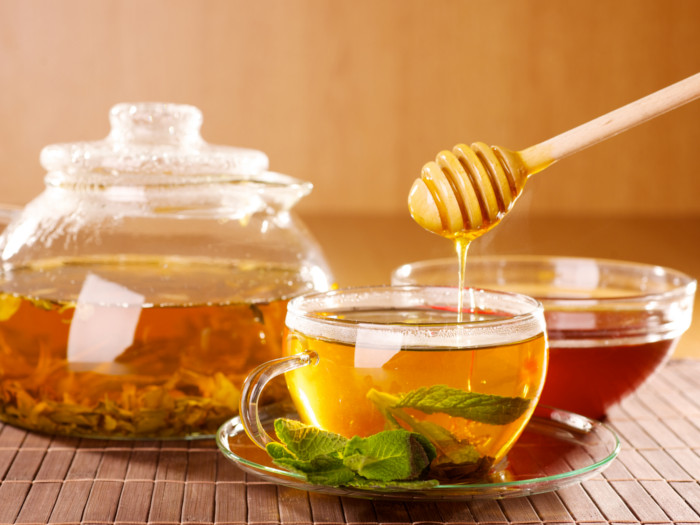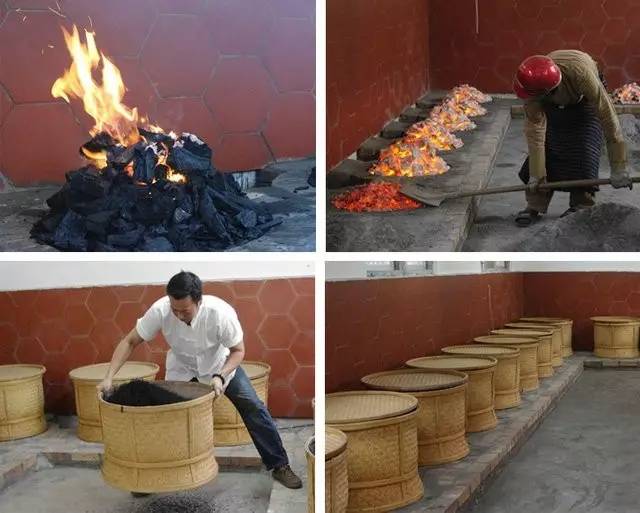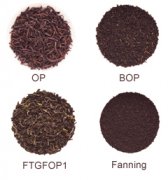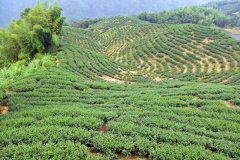What kind of black tea is honey-scented black tea? why does it have honey fragrance? What kind of tea tastes particularly sweet after brewing?
Although it is common for most tea drinkers in the Western world to add sweeteners to tea, tea lovers in the East have found early on that tea does not need anything extra to satisfy our desire for sweetness. It is difficult to describe these teas, however, because popular teas are made from artificial flavors or sweeteners. A tea described as having a "creamy", "honey" or "caramel" flavor is usually thought to contain some additives, but in fact, these flavors are natural in many teas. Today, we will explore how these natural sweet properties are derived from traditional harvest dates, natural planting methods and elaborate craftsmanship.
Cream tonality
Many high-quality green, white and oolong teas are usually described by words such as "cream" or "butter". Although modern imitation and marketing have led some people to claim that their tea is "brewed with milk" or disguised as shoddy tea flavored with milk, the fact is that slow growth and early spring harvest dates increase the amount of carbohydrates in the leaves, resulting in a naturally rich texture.
Green tea harvested in spring shows a natural creamy flavor because the leaves are high in carbohydrates.
Most of the water-soluble carbohydrates in tea are made up of natural sugars such as glucose and fructose, which are used to promote new growth. In temperate regions such as Zhejiang or Taiwan, these molecules are collected by the roots of tea trees during hibernation. Then, when the weather starts to warm in spring, these natural sugars are transported to power the sprouting of new leaves. When these young leaves are picked before maturity, these carbohydrates produce a rich and long aftertaste. In pot-baked green tea, such as Longjing tea and Panan tea, this kind of tea tastes like butter, while Taiwan's oolong tea, such as Alishan tea, is more often called cream tea.

Honey tonality
Honey is a favorite additive for many western tea drinkers because it dissolves easily in hot water and increases the complexity of taste more than granulated sugar. But some teas have a natural taste of honey and don't need any sugar at all. In particular, tea leaves attacked by leafhoppers or aphids before harvest produce a distinct honey-like aroma.
Tea leaves attacked by insects before picking will naturally produce honey-like aroma.
Taiwan's high-lying, slow-growing tea leaves have a creamy aftertaste. Tea with this unique flavor was first recognized as "Oriental Beauty" in the early 1930s.
Although this was once thought to be the result of a Taiwanese leafhopper bite, modern studies have shown that the taste difference is caused by the plant's own defense mechanism, when it produces specific enzymes to attract predators of spiders or other herbivorous insects. Therefore, similar effects can be seen in tea leaves attacked by aphids at high elevations, such as our Tongting tea, Mi Xiang oolong tea or Formosa red Assam tea, Mi Xiang black tea. However, any kind of honey-scented tea requires extremely skilled craftsmanship to achieve the right balance and create a unique honey-like aroma.
Caramel tonality
Although the harvest date and planting method have a great influence on the molecular composition and final taste of tea, traditional production methods can also create natural sweetness in heavily oxidized fermented tea, such as Wuyishan oolong tea or black tea. Soil conditions and harvest dates are still the basis for the sweetness of dark tea, but oxidation and baking can create a completely different flavor from light-colored tea.

Black tea relies on elaborate methods to highlight its natural sweetness.
In order to maintain the natural sweetness in the oxidation process, the leaves must be treated carefully to avoid breaking them. Some black teas are made from tender leaf buds, giving it a thick malt taste, but it is the careful and even scarred leaves that turn the natural sweetness into a bold, molasses-like taste. In Wuyishan, traditional bakers allow tea leaves to rest for a few months during careful baking to slowly turn natural sugar into caramel without overbaking or scorching the tea. With these elaborate methods, these skilled tea craftsmen are able to create a flavor that other famous teas in the tea world, such as Dahongpao, are unmatched.
What is your favorite natural sweet tea? How would you describe their taste?
Important Notice :
前街咖啡 FrontStreet Coffee has moved to new addredd:
FrontStreet Coffee Address: 315,Donghua East Road,GuangZhou
Tel:020 38364473
- Prev

How to divide the grades of black tea? Which grade of black tea tastes good? Tea grade scoring standard
The popularity of black tea in the world makes it one of the most diversified types of tea, with great differences in taste and quality. Although local and regional handmade styles create unique flavors, each farm usually produces several different levels of its own professional style. This can be confusing because different regions and tea types may use different terms. In India
- Next

What's the difference between Indian black tea and Chinese black tea? which is better? What's the taste of Assam black tea?
There are numerous changes in the widely defined category of fully oxidized tea. The taste of black tea varies according to the specific environmental characteristics of the local soil, the weather, the maturity of plants at harvest, and the way the tea is picked and produced. But the unique history of tea trade has also shaped the pattern of complete oxidation of tea, which is divided into two distinct families: from China and from India.
Related
- Customers have "changed" Manner's new products! Shop assistant: Please don't mess around!
- Remove sockets in customer areas at Starbucks stores?! Netizen: I won't go if I really tear it down
- What is the difference between the taste steps of sun-dried coffee and washed coffee? Why is sun-cured coffee sweeter and washed coffee sour?
- The recipe for salty grapefruit dirty is revealed! Coffee Festival salty grapefruit dirty coffee making materials parameters ratio milk share!
- How about the flavor of Sunlight 74158 at Sidamo Banshaha Mathieu Processing Factory in Ethiopia? 74158 Share the proportion of coffee brewing parameters!
- What effect does Italian American coffee with filter paper have? Will coffee taste better if it is put on filter paper at the bottom of the powder bowl?
- What is the color difference in coffee beans? What are the characteristics of honey processed coffee beans? Why are the anaerobically treated coffee beans uneven in color?
- How does novice Xiaobai quickly get started and make coffee? Newbies learn to make coffee by hand and share the specific steps and process process!
- Costa tea has a shelf life of 100 years?! Expert: Unable to verify
- It's a huge uproar! American milk addition was rejected by Manner employees?!

